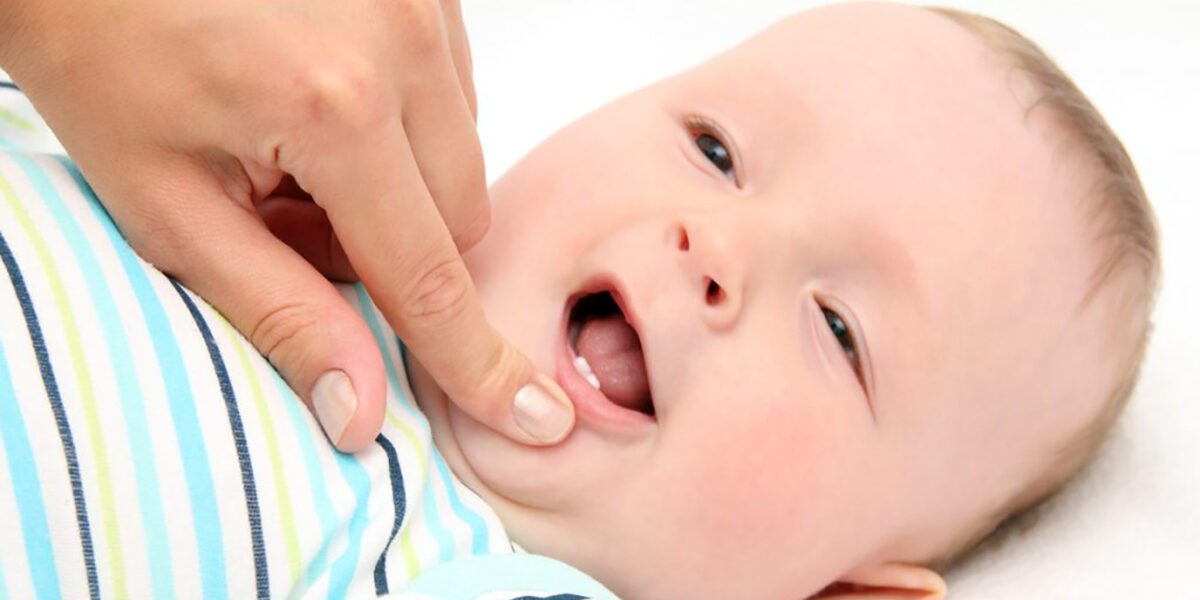8 vital steps for healthy Baby Teeth
Step 1: Get Cleaning Right Away
It’s time to start cleaning as soon as you notice your baby’s first tooth erupting. Only use water and a gentle toothbrush designed for a baby. Twice a day, right after breakfast and right before bed, softly brush the gum line in circular motions. In addition to removing bacteria that might cause cavities, this helps your baby become accustomed to having their teeth brushed.
Step 2: At 18 months, start using fluoridated toothpaste.
Change to a small sized amount of fluoride toothpaste after 18 months. Cavities are avoided and enamel is strengthened by fluoride. Up to the age of three, use a pea-sized amount; after that, use a little smear. Until your youngster is able to spit after brushing, supervise their brushing.
Step 3: Have Fun While Brushing
Singing songs, making faces in the mirror, and letting your child choose their own toothbrush will all help to make brushing enjoyable. Young children benefit from distraction while they learn to brush. Give lots of compliments to ensure that it’s a fulfilling experience.

Step 4: Use the Correct Brushing Method
The right way to brush your teeth is to angle the brush toward the gum line and work your way around all of the teeth’s surfaces in short, gentle strokes. When your child develops the dexterity, usually around age 2 or 3, teach them how to do this on their own. Recognize and fix poor brushing to avoid gum damage.
Step5: Get Early Treatment from a Pediatric Dentist
By age one or within six months of receiving their first tooth, the Australian Academy of Paediatric Dentistry advises taking your kid to the dentist for the first time. This helps children feel more at ease during dental appointments and enables the pediatric dentist to check for issues like crooked teeth or misaligned bites. You can maintain the health of your child’s smile with routine dental appointments.
Step 6: Don’t Take Milk to Bed
Never give your child a bottle to sleep since the sugars in the milk might lead to serious tooth disease. Make careful to wipe their teeth with a wet cloth after feeding them if they doze off. Steer clear of sugary drinks or juice in sippy cups. Give water just in between meals.
Step 7: Monitor the Signs of Teething
Tender gums, excessive drooling, and biting habits can all be symptoms of teething. Give your infant some cool teething rings or washcloths to bite on to relieve themselves. Their gums feel briefly relieved by the pressure. Do not use teething gels since they may cause long-term gum numbness.
Step 8: Guard Your Teeth from Damage
Babies like exploring their surroundings once they are mobile, but this can result in dental injury. To baby-proof your house, use outlet covers, corner guards, and baby gates. Steer clear of toys that could hit teeth when on play dates. When your child is old enough to participate in contact sports, helmets and mouthguards are essential.
In summary
As soon as the baby’s first tooth erupts, begin dental treatment. Create the foundation for healthy permanent teeth by using fluoride toothpaste, brushing your teeth thoroughly, going to the dentist on a regular basis, avoiding bad habits like drinking juice just before bed, and shielding your teeth from injury. If you follow these instructions, your child’s smile will be bright and cavity-free! For all of your child’s dental needs, contact us at our Oakstone Dental.







